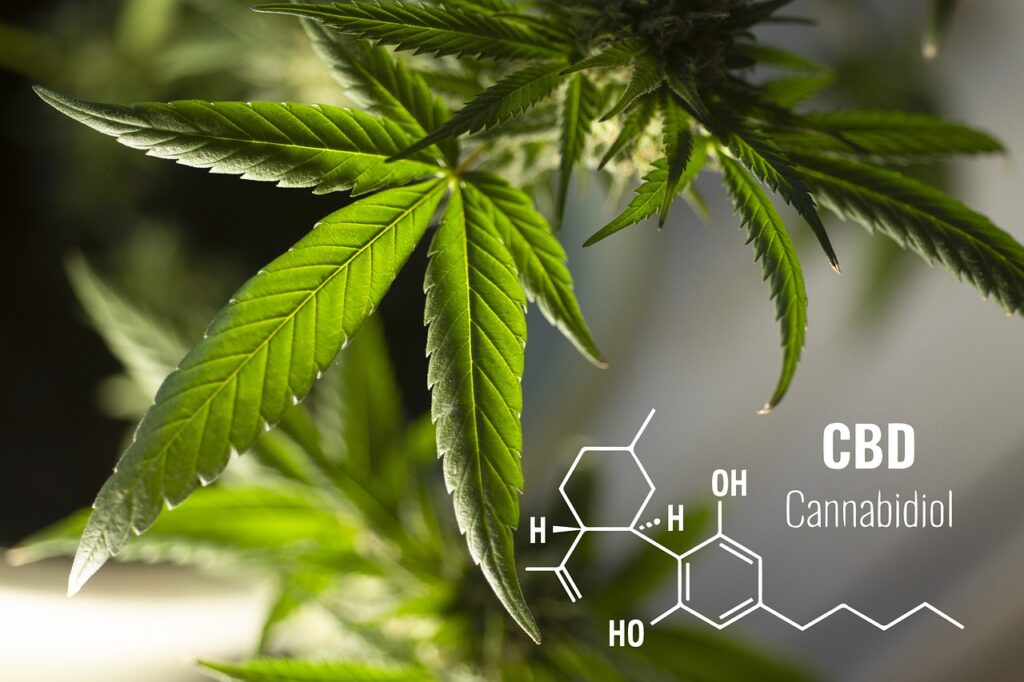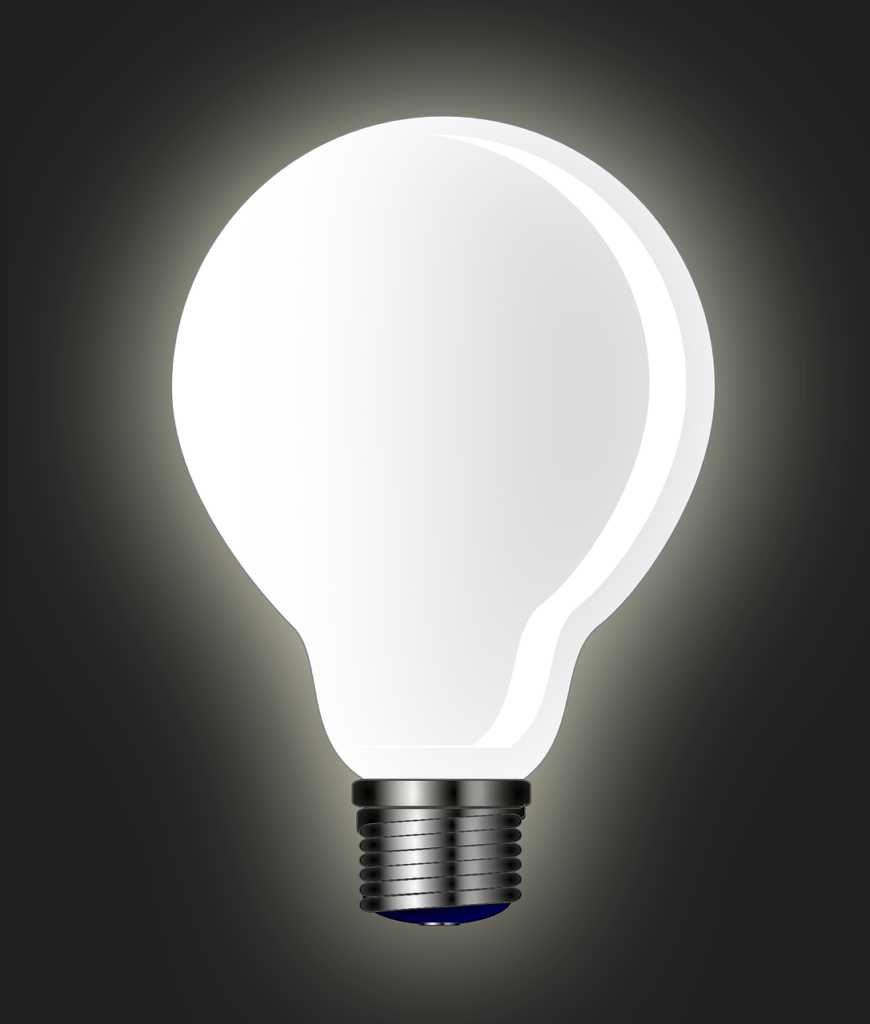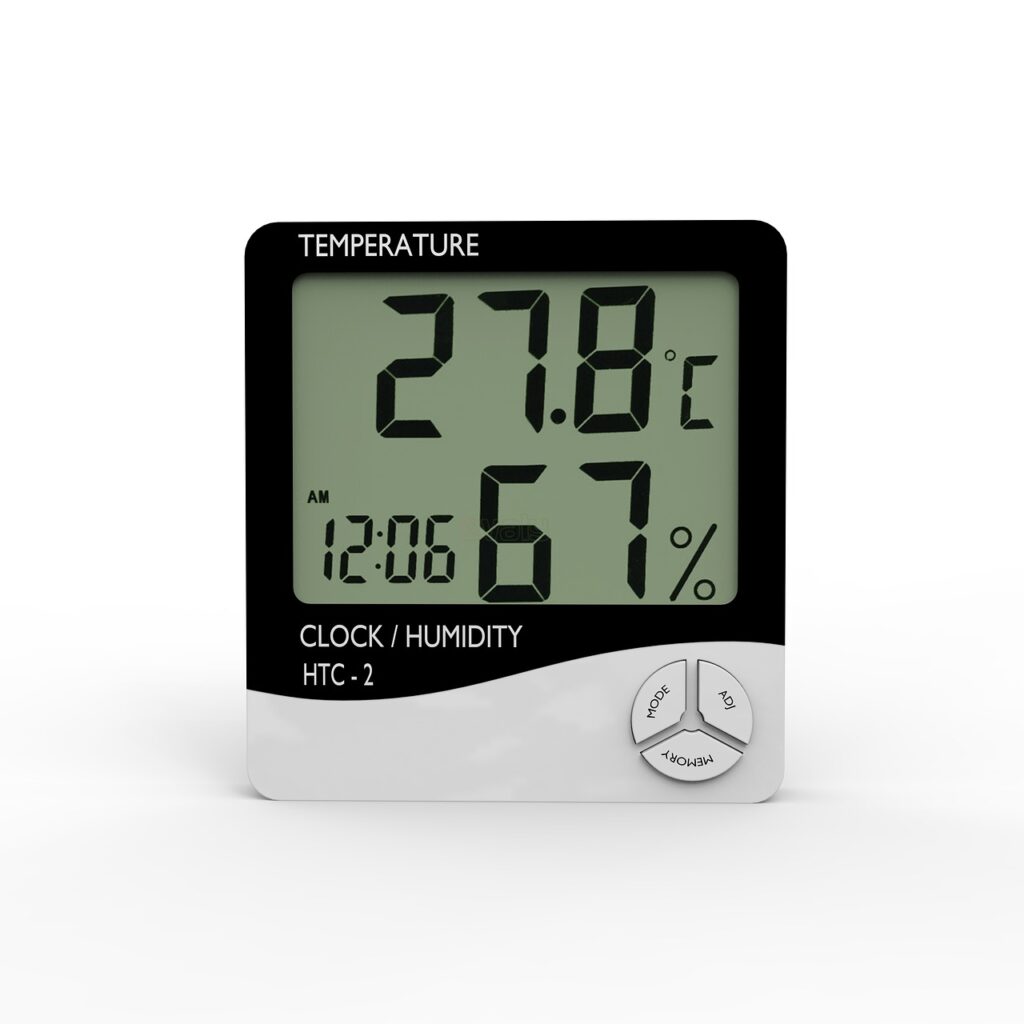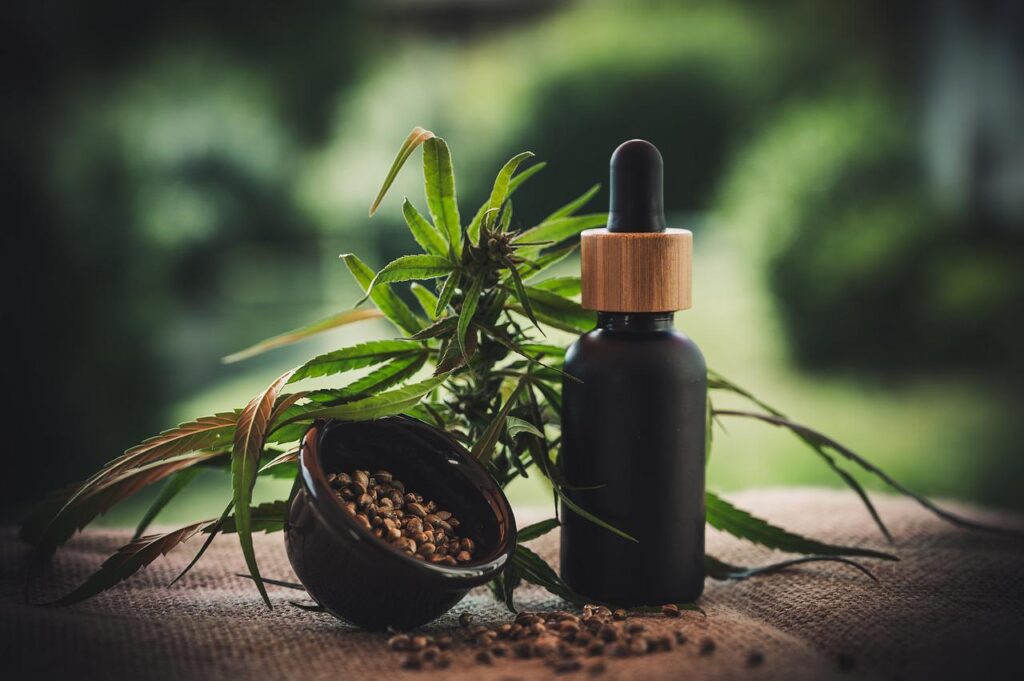Introduction

It’s time to grow with hydroponics! If you’re a marijuana grower, then you know that hydroponics can produce just as successful a harvest as growing in soil. But if you’re new to hydroponics, or just want to learn more about it, then this post is for you. In this post, we’ll discuss what hydroponics is, and how it can help your plants grow big and healthy. We’ll also cover some of the basics of setting up and using a hydroponic system. So whether you’re a beginner or an experienced grower, read on to learn more about hydroponics!
What is Hydroponics?
In Latin, the phrase hydroponics method literally means “water working”. Growing marijuana (and other plants) in a hydroponics system consists of growing plants in a container of extremely oxygenated, nutrient-enriched water. The plants grow in mesh/net pots full of an inert, sterile medium in place of soil. Oxygen and nutrients move through the pots to reach the exposed roots, giving the plants all they need to grow. In an indoor hydroponic system, the whole atmosphere of the plants is controlled, from the air to the lighting, to the nutrients in the water. Precise control produces optimal growth. In fact, some plants grown hydroponically typically can be harvested 20%-50% faster than when grown in soil.
Why Hydroponics instead of Soil?
In soil, organic materials decompose into the primary nutrients nitrogen, phosphorus and potassium salts that plants feed on. Water dissolves those salts and provides the plant nutrition via the roots. For a plant to acquire a properly balanced diet, the entirety of the environment in the soil must be balanced. Rarely, if ever, are you able to maintain such perfect situations in soil because of infection and organic imbalances.
On its own, soil isn’t capable of producing the large extent of vitamins that hydroponics can deliver. In a hydroponics system, nutrients immediately are delivered to the roots, eliminating the need for the roots to search for them. With hydroponics, the pH levels and amount of nutrients in water are precisely measured and maintained, so cannabis plants will have the perfect nutrition to grow and thrive.
Basic nutrients only dissolve for absorption when you water the soil. In a hydroponic system, moisture stays for prolonged durations of time or even all of the time, promoting maximum nutrient absorption. In addition, soil is a home to many small creatures, pests, and diseases. Hydroponic growth mediums are inert and sterile, providing totally hygienic surroundings for the plant and owner.
Hydroponic systems to grow cannabis at home
All hydroponic systems must recreate all of the elements in the environment where plants grow in soil. Light is needed for all stages of plant growth. Water needs to be mixed with fertilizer to provide the required nutrients. Oxygen must be delivered to the plant. Finally, plants need a structure to hold them in place. There are a variety of ways to set up a hydroponics system. These are some of the most popular systems in use.

1. Ebb and Flow
The Ebb and Flow system is pretty inexpensive to start up and only needs a medium level of skill to keep running. Seedlings are placed in the growing medium or substrate inside a perforated net pot. The pots are placed in a tray that sits above the water. At set intervals, the tray is filled with the water-nutrient solution that surrounds the roots. Once the roots have had time to absorb the nutrients, the water drains out by gravity, through the drain tube. Ebb and Flow systems are popular due to their low maintenance, simplicity of use, all with little or no energy or water use.
2. Deep Water Culture
Deep Water Culture is one of the simplest hydroponic setups. The plant roots are submerged in the highly-oxygenated water and nutrient solution. An air pump and air stones aerate the water, letting the plants get oxygen and food without drowning. The ease of setup and use makes DWC a popular system for beginners. The equipment can be found easily online or in local stores. The equipment is low cost to set up and run. Water temperature can become an issue depending on the ambient air temperature.
3. Recirculating Deep Water Culture
Recirculating Deep Water Culture is a popular variation of the deep water culture system. The principles are the same for both systems, but the RDWC system has an added water pump to move water around the entire system. Another difference, between the two systems, is the RDWC system needs a water chiller. The water pump adds heat to the water over time.
4. Wick System
The wick system can be the most inexpensive to run, as there are only a few pieces in the system. Plants are placed in a tray filled with nutrient-rich water. Wicks run from this tray to a tray underneath which contains an absorbent, high draining substrate, usually rock wool , coco coir, or peat moss. The roots grow down into the first tray and then out through these wick systems to reach the absorbent medium. The absorbent medium is where all the nutrients and moisture needed for plant growth are delivered by gravity.
5. Drip Irrigation
In this system, tubes run from the reservoir to the plants. Either through gravity or a pump, nutrient-rich water flows through the tubes, and ends as a slow, consistent drip into the growing media for the roots to absorb. A timer connected to the valve or pump manages the amount of solution sent out to the plants. Drip irrigation systems are economical because they are adjusted to use very little extra water. Drip irrigation systems can recirculate the nutrient solution or drain to waste.
6. Nutrient Film Technique [NFT]
The NFT system is a closed, recycling nutrient solution that not only conserves water but also nutrients. The key to this process lies in its design. It’s been engineered so all the needed ingredients can flow from one end of a slanted tray or tube back into their reservoir below through the force of gravity. The water is pumped up to the highest level in the system and flows down the slanted tray or container and out the drain to the reservoir below to be reused.
The plants are located in holes in the top of the tube or sit atop the growing tray, so the roots are suspended above the nutrient-rich solution. A small amount of media is used to fill the perforated net pots that allow the roots to grow unfettered. An air pump is usually added to aerate the nutrient solution.
7. Aeroponic Systems
Aeroponic systems can vary greatly. A handy person with a tote or bucket and lid, water pump, some tubing, and a few spray nozzles can be made into an aeroponic system. A water pump pushes water through tubing to the nozzles spraying mist on the roots with nutrient-rich solution. Aeroponic systems have the same water temperature issue as the RDWC system. Another common aeroponic system is made with pipes or rails similar to some NFT systems. The main difference between the two systems is how the nutrient solution flows down the rail. A tube, with nozzles located at each grow site, sprays the roots with nutrient rich solution, is placed inside the rail instead of a nutrient solution flowing down the tube using gravity.
Lighting

Proper lighting is the second most important factor affecting a cannabis grower’s success. Too much or too little lighting will slow the plant growth rate. Artificial lighting is easy to provide in hydroponic systems with little issue, as long as growth stages are taken into consideration. Cannabis plants need different light colors at different stages of growth. This is where different LEDs and bulb types play a role. When light fixtures that emit more heat are used or if the garden space is sealed up, ventilation or air conditioning will be needed. Common types of grow lights are LED, fluorescent, metal halide, and high pressure sodium light fixtures.
1. LED Lights
LED fixtures are made using several single light emitting diodes (LED) added together in a single LED light fixture. LED’s often are ready to use without purchasing any additional products. Full spectrum LED lights can be used throughout the growth cycle. These lights offer many benefits, such as lower power needs and longer life spans compared to other grow light types. LED fixtures don’t emit much heat compared to other options out there. This lower heat generation reduces cooling needs. All of the benefits mentioned above make LED light fixtures cost effective over time for most personal growers. LED light fixtures that have the correct light spectrum and output tend to be slightly more expensive than the other types of fixtures.
2. Compact fluorescent light [CFL] bulbs
Compact fluorescent light (CFL) bulbs can provide light across the full spectrum. They do not produce much heat, so they help keep the grow space at cooler temperatures. CFL’s come in a couple main spectrums similar to the metal halide and high pressure sodium bulbs. A single CFL bulb or two is great for seedlings, but you’ll need a more powerful lighting option if you have a medium size grow room.
3. Metal halide [MH] bulbs and High pressure sodium [HPS]
Metal halide (MH) bulbs are similar to everyday room light or compact fluorescent light CFL. MH bulbs emit mainly blue and white light spectrums that are needed for the vegetative stage. High pressure sodium (HPS) provides orange, amber and red light needed for the flowering stage. Growers regularly use these two types of lighting fixtures in tandem, MH for vegging and HPS for flowering, or even both at the same time. MH and HPS bulbs produce a lot of heat, ventilation or air conditioning is a must.
Water Quality
Any gardener will tell you that water quality is a main key to a successful cannabis grow. This is especially true in a hydroponics system, where plants are grown in water instead of soil. Without the proper level of nutrients and minerals, plants will quickly become stunted and unhealthy. Some cannabis varieties are particularly sensitive to water quality, so it’s important to make sure that the water you’re using is of the highest quality. Distilled water or reverse osmosis filtered water is ideal, as it has low or zero impurities. However, if you’re using tap water, it’s important to test the pH level and electrical conductivity (measured with EC or ppm scales). Minerals added to tap water change the water EC and pH. Another consideration if using tap water, added minerals can build up over time, so it’s important to regularly flush your system. Uncle Herb’s Rule for a Green Thumb suggests using water filtration if the source water EC is .6 ms/cm or 300 ppm (on 500 scale) or more.

Growers should monitor and maintain the nutrient solution pH level. When the level is not within the correct range, growers should correct the issue soon. The correct pH range varies over time and differs depending on the growing medium. We will only discuss using an inert medium such as expanded clay medium or perlite. The nutrient solution pH for cannabis grown hydroponically should start at the lower end of the correct range and finish at the higher end of the range. Uncle Herb’s Rule for a Green Thumb suggests starting nutrient solution pH, for small vegetative plants, at 5.5 to 5.8 and finish the flowering stage with a pH at 6.0 to 6.3.
The level of dissolved oxygen (DO) in the water must be maintained at a certain level in order to support optimal plant growth. DO levels are affected by water temperature. Warm water can absorb less oxygen than cool water. Higher water temperatures cause oxygen levels to drop over time. When temperature drops, the opposite occurs with a potential rise in DO levels. Water temperatures above 73°F can promote bacteria or fungus growth in the root mass. Water temperatures lower than 61°F will decrease root metabolic activity meaning slow root growth. There must be a balancing act between keeping the water temperature low enough to allow high DO levels but warm enough for optimal plant root growth. Uncle Herb’s Rule for a Green Thumb suggests a water temperature from 63°F to 68°F and dissolved oxygen level from 9 to 25 ppm. There’s plenty of dissolved oxygen research right now so stay tuned as we push cannabis plants even more.
Regular water quality testing is essential to ensure that plants are getting the optimal growing conditions. By paying close attention to the quality of the water, specifically EC, pH, and dissolved oxygen, hydroponic growers can help ensure that their plants are getting the optimal nutrients when they need them to thrive.
Air Quality

The goal of indoor hydroponic growing is to create an optimal environment for plant growth. Cannabis plants, in particular, need a steady supply of fresh air in order to thrive. Consequently, growers must pay close attention to the air quality in their grow space. There are a few key indicators that can be used to assess air quality. The main air quality characteristics that need to be monitored are temperature, relative humidity (RH), and CO2 levels. Cannabis plants prefer a warm, humid environment with high CO2 levels. Cannabis plants need a high level of CO2 in order to photosynthesize effectively. Cannabis plants can thrive in air with more than three times the normal CO2 levels. Cannabis plants prefer higher temperatures and higher RH levels during vegetative growth stage than the flowering stage. RH is lowered from the high levels of the seedling stage to the lower levels the flowering stage needs. High RH levels can make a huge impact on cannabis plants. If the air is too humid, it can lead to problems like lack of moisture uptake and fungal growth. On the other hand, if the air is too dry, it can stunt plant growth and make leaves more susceptible to pests and disease. A well-ventilated grow room with a humidifier and dehumidifier can help to maintain the ideal air quality for cannabis plants. A fan is added for air movement within the grow space. This fan is different from the fan needed to remove heat from the grow space and the fan needed to bring in fresh air.
During the vegetative growth stage, Uncle Herb’s Rule for a Green Thumb suggests a room air temperature from 72°F to 82°F with lights on and room air temperature from 64°F to 72°F with lights off. The relative humidity level starts around 65% to 70% and is lowered by 5% per week or so.
For the early flowering growth stage, Uncle Herb’s Rule for a Green Thumb suggests a room air temperature from 68°F to 79°F with lights on and room air temperature from 61°F to 72°F with lights off. The relative humidity level should be approximately 40% to 50%.
During the late flowering growth stage, Uncle Herb’s Rule for a Green Thumb suggests a room air temperature from 64°F to 75°F with lights on and room air temperature from 47°F to 57°F with lights off. The relative humidity level should be approximately 40% to 45%.
Another important factor to consider is vapor pressure deficit. The movement of water throughout a cannabis plant is determined by the rate of water evaporation on the surface of the leaves, or transpiration. The three main factors that influence transpiration rates are RH (relative humidity), VPD (vapor pressure deficit), and the ambient room temperature. Vapor pressure deficit (VPD) is a method used to change the air temperature and relative humidity to optimal values, boosting your plants’ performance, and achieving maximum plant growth. VPD is increased by raising air temperature or relative humidity or increasing light intensity. VPD is decreased by lowering air temperature or relative humidity or decreasing light intensity. During the vegetative growth stage, Uncle Herb’s Rule for a Green Thumb suggests a Vapor pressure deficit of .7-1.0 kPa. During the flowering growth stage, Uncle Herb’s Rule for a Green Thumb suggests a Vapor Pressure Deficit of 1.0-1.4 kPa.
Nutrition
Cannabis plants, like all plants, can survive without any soil, as long as they are provided the required nutrients. Plants need macronutrients, usually called macros, of nitrogen (N), phosphorus (P), potassium (K), and micronutrients , usually called micros, which include calcium (Ca), magnesium (Mg), sulfur (S), iron (Fe), chlorine (Cl), manganese (Mn), boron (B), zinc (Zn), copper (Cu) and molybdenum (Mo). By adding both macros and micros into a nutrient solution that contains the proper levels of each, plants will prosper through the whole growth cycle. The exact mixture depends on the growth stage of the plant. Typically, commercial cannabis fertilizers will vary in just a few different aspects. The nutrient ratio, ingredient source and whether they are designed for soil or hydroponic applications are the main differences between any available commercial nutrient.
Nitrogen (N) is needed for leaf growth and is responsible for making plants greener. Plants that are almost all leaves need a lot of nitrogen, so look for a fertilizer with a high first number.

Phosphorus (P) promotes root development, which helps to anchor and strengthen plants. It also increases bloom and fruit production.
Potassium (K), also known as potash, helps the plant fight off diseases and keeps it vigorous, enabling it to withstand extreme temperatures and ward off disease.
Cannabis growers are mainly concerned with nitrogen, phosphorus, potassium, calcium, magnesium, and sulfur.
For cannabis, calcium, along with magnesium and sulfur, is one of the essential secondary macronutrients for plants. They are classed as secondary because, while they’re needed in fairly large amounts, they’re not as necessary as primary macronutrients like nitrogen (N), phosphorus (P) and potassium (K). Secondary nutrients, regardless, are almost as important for plant growth as the main N-P-K nutrients. They are needed so your plants can grow to their full potential, stay healthy throughout their life, and reward you with fantastic yields.
Uncle Herb’s Rule for a Green Thumb suggests a starting nutrient solution level for small plants starts around .3 EC to .7 EC or 150 ppm to 210 ppm.
Monitoring a Hydroponics System

Proper setup of the hydroponic system is essential, but continual monitoring is key to having a successful cannabis grow. Six factors that need close monitoring are water temperature, air temperature, humidity, CO2, the electrical conductivity and pH levels of the nutrient solution. Reservoir levels do drop and water and/or nutrient solution must be added. The nutrient level of the solution in the system must be checked to know whether or not nutrients need to be added at the same time. Hydroponic systems do need cleaning. Cleaning the system and changing the nutrient solution approximately every week to two weeks will keep your plants on track for a successful grow with hydroponics.
Conclusion
Hydroponics growing is a great way to cultivate plants. If you’re interested in getting into this type of gardening, there are a few things you should know. We’ve outlined the basics of hydroponics systems and lighting requirements, as well as how to provide nutrients to your plants. Once you have that down, it’s time to find the supplies you need to get started. Our online store has everything you need for your successfully grow with hydroponics from complete systems to individual components like grow lights and nutrient solutions. Give hydroponics a try today and see how easy it can be to garden indoors!
Find what you need to start growing with hydroponics!

